There are several methods of filtering solids fish waste from your system. These are the filtration systems that are widely used:
- Swirl filter
- Raft filter
- Clarifier
The swirl filter and clarifier are not really filters. They are called settlers. The solids settle at the bottom. A raft filter is a proper filter because the solids get filtered out. Which doesn’t mean a swirl filter or a clarifier doesn’t work. They are just different methods.
How does a clarifier in aquaponics work?
If we take a look at a clarifier, we see a separator or diffuser plate in the middle of a tank. The tank is usually round but it can be a square or rectangle too. The water doesn’t spin like a swirl filter so it doesn’t matter if it is not round.

When the solids come in, they are redirected to the bottom of the settler so solids can sink and clean water can rise to the other side of the separator. The heavy particles will stay at the bottom. Aim for a minimum gap at the bottom of one foot.
A clarifier or any other solids separator is placed right after the fish tank. The best method if getting the solids out of the fish tank is by using an SLO (solids lifting overflow). After the solids filter, they will move on to the rest of your system which can be a media bed, your floating rafts or any other system.
Once the solids build up in the clarifier filter you need to drain the solids out to a mineralization tank or use them as a fertilizer for your garden (plants love it).
This is an example of a clarifier that the UVI system uses. They drain the solids out once a day and move it to their clarifier.
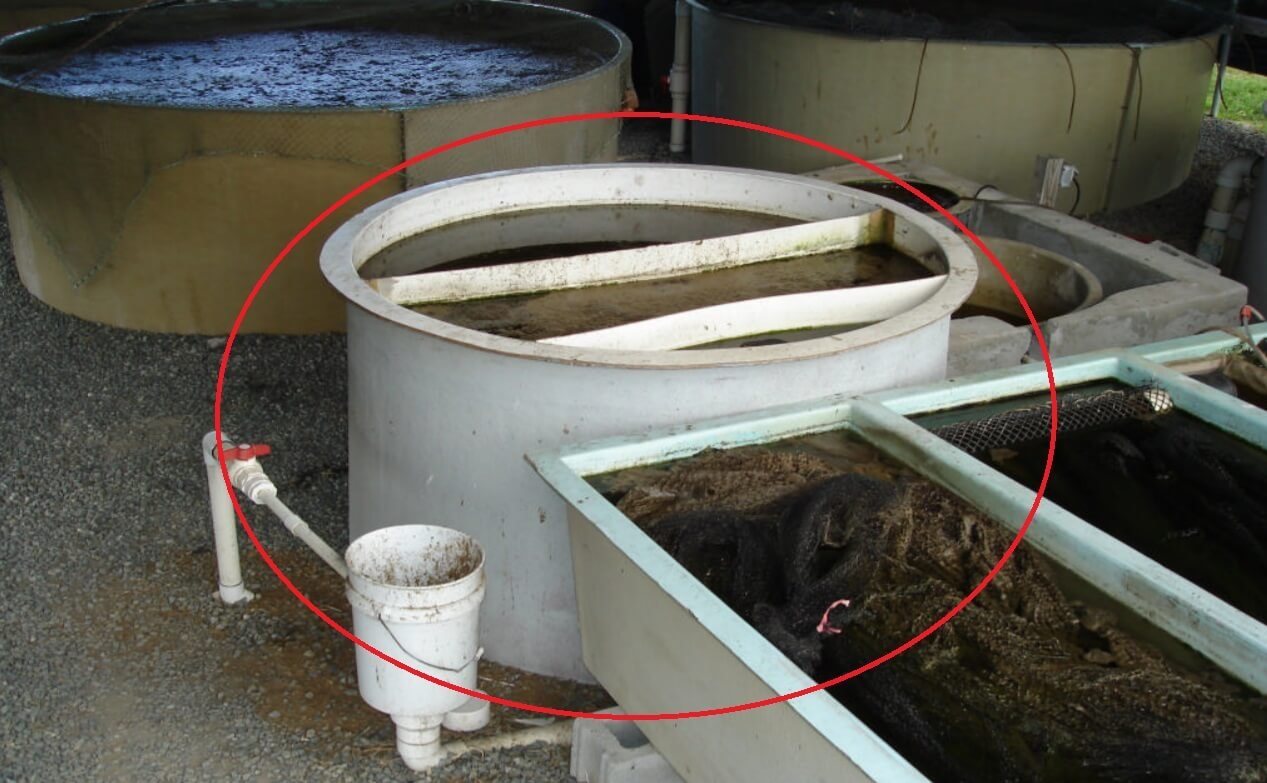
Retention time in a clarifier
When you are using any settler tank or clarifier you need to keep the velocity of the water low. You should aim for at least 20 minutes in your clarifier. That means if you have a 50-gallon drum as your clarifier you can have a maximum flow rate of 150 gallons through your clarifier in one hour. (20 minutes is 1/3 of an hour, 50-gallon x 3 = 150 gallons). This time is also called retention time or detention time.
If you can’t get the recommended 20 minutes of retention time in your clarifier, there are three things you can do:
- Place another clarifier in parallel: you can use another clarifier in parallel. Placing another clarifier in parallel will divide the flowrate in half. If you have two 50-gallon drums in parallel you can have a flow of 300 gallons per hour.
- Use a bigger clarifier: A bigger clarifier means more volume which means longer retention time in the clarifier.
- Use a bypass: This method is more interesting and I will explain this a bit further.
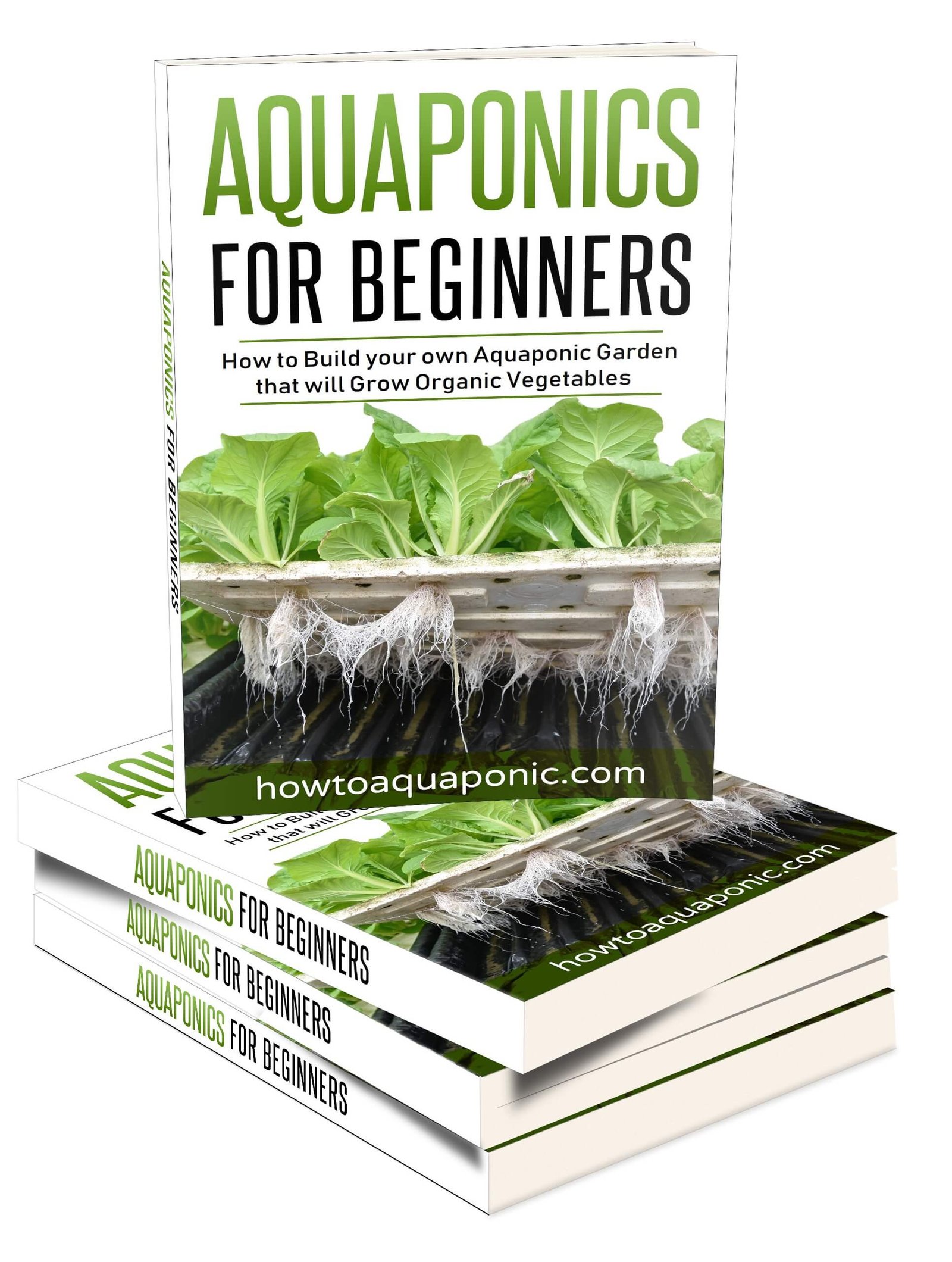 I have written a book that contains all the information you need to get started with aquaponics.
I have written a book that contains all the information you need to get started with aquaponics.
Don’t be the person that makes painful mistakes during your first aquaponics build!
It has 265 pages filled with information about aquaponics. It’s available in paperback or eBook format.
You can buy it here on Amazon.com
Using a bypass in a clarifier
When you are using a bypass you are diverting a part of the flow. Let’s say you have one 50 gallon clarifier but you have a flow rate of 300 gallons per hour. If we apply the math we will become a retention time of 10 minutes (60 minutes / 6 = 10 minutes). A retention time of 10 minutes is too little time for the solids to settle.
We can divert a part of the flow directly to our growbeds, floating rafts, or any other part of the system. When we are diverting a part of the water we want the water to be as clean as possible. Where do we find the cleanest water in our fish tank? Right under the surface.
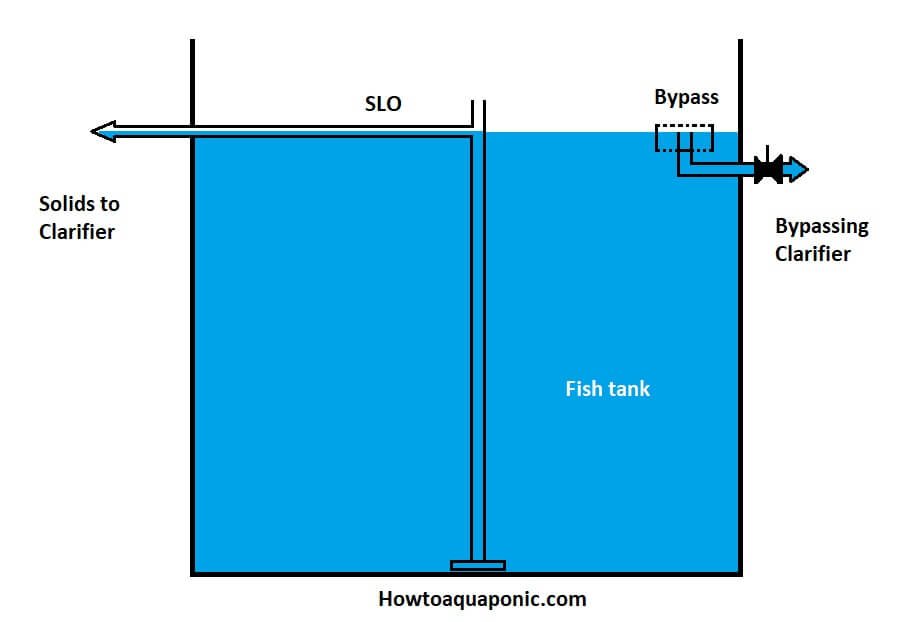
It’s basically installing an overflow with a baffle around it so you won’t suck up the water from the surface but only the water right under the surface. The top and bottom of the baffle should be netted off so no fish can enter the pipe.
You can adjust the flow of this by adjusting a ball valve. If water is flowing through this pipe there is less water flowing through your clarifier, making the retention time in your clarifier longer.
Draining the solids
If you are using a clarifier with a conical bottom a 45-60° angle will work best. But if you don’t want to spend extra money on a special clarifier, you can make one your own. Making one on your own usually means using a 55-gallon drum. The bottom of this drum is flat so it makes it harder to drain the solids and they don’t come with a valve at the bottom.
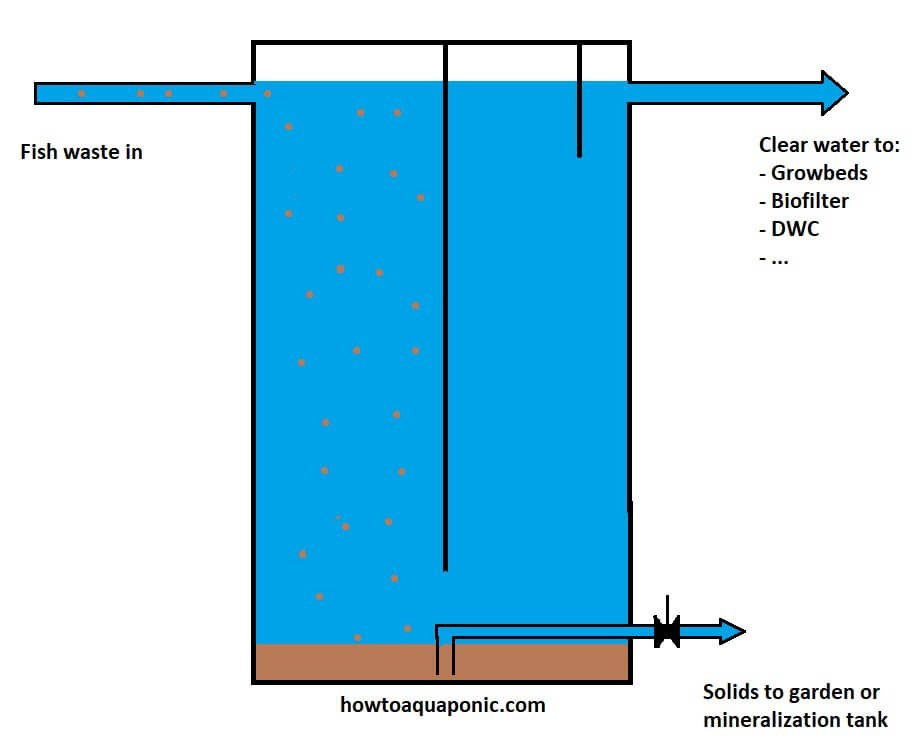
In this axample, you use a pipe and put a 90° angle pointing at the bottom. While you open up the valve you release the solids because the water on top is pressing the solids through the piping.
FAQ
Do you even need a solids filter if you are using a media bed?
If you have a growbed with worms you can get away with solids entering your system. The worms will breakdown the solids and mineralize the water which is beneficial to your plants. But it would be better to use a separate mineralization tank for this task. The more solids that enter your media beds, the faster it will clog up and create aerobic zones in your system. to conclude: yes you can do without solids filtration but be prepared to clean out your growbeds once every year.
video of this post:
 I have written a book that contains all the information you need to get started with aquaponics.
I have written a book that contains all the information you need to get started with aquaponics.
Don’t be the person that makes painful mistakes during your first aquaponics build!
It has 265 pages filled with information about aquaponics. It’s available in paperback or eBook format.
You can buy it here on Amazon.com
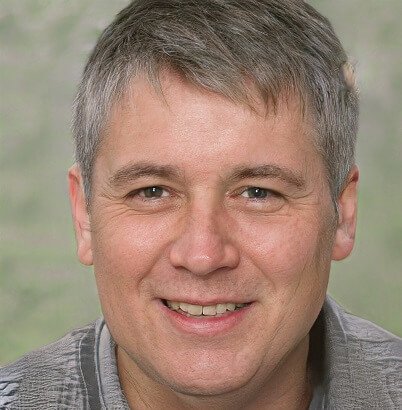
Nick loves building, managing and giving others advice on aquaponics. He created this website to do just that. He is the author of Aquaponics for beginners. If you got a question contact him here or read more on the about page here.
